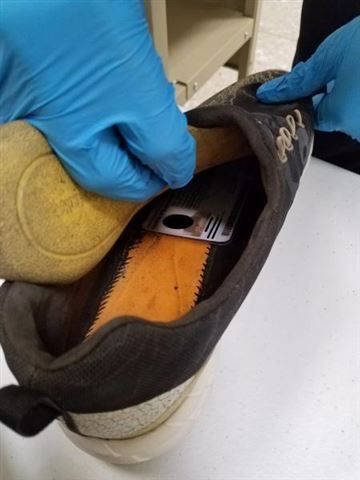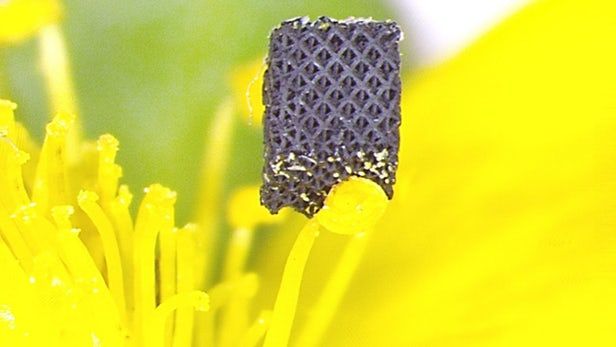T-Mobile disclosed an “incident” in which hackers accessed “some” customers’ personal information—but no financial data or passwords.
The facial recognition technology the US is testing for airports has caught its first imposter merely three days after Washington Dulles International started using it. According to US Customs and Border Protection (CBP), a 26-year-old man from Sao Paulo, Brazil successfully fooled people with a French passport until he presented it to a Dulles officer who used the new facial comparison biometric technology. The system determined that his face wasn’t a match with the person in the passport, and he was sent for a comprehensive check, which revealed the Republic of Congo ID hidden inside his shoe.

[Image credit: US Customs and Border Protection].
AI, and more specifically machine learning, deep learning and neural machine technology, will soon take over jobs which are currently performed by experienced and well-educated humans. Here we take a look at translators and how their job will be augmented and automated by intelligent machines.
Graphene is famous as a two-dimensional material, but to really make the most of the stuff we need to coax it back into 3D forms. Now researchers from Virginia Tech have developed a new way to 3D print graphene aerogels with a far higher resolution than previously possible.
Yellowstone Caldera Chronicles is a weekly column written by scientists and collaborators of the Yellowstone Volcano Observatory. This week’s contribution is from Michael Poland, geophysicist with the U.S. Geological Survey and Scientist-in-Charge of the Yellowstone Volcano Observatory.
Norris Geyser Basin is one of the most dynamic geyser basins in Yellowstone National Park. It frequently experiences “disturbances” when thermal activity waxes and wanes and water chemistry changes over the course of a season.
Earthquake swarms are common nearby, and the surface moves up and down with some regularity. This dynamic behavior was emphasized by the 2003 disturbance, which was associated with an increase in ground and water temperatures, the formation of new springs, mudpots, and geysers, an uptick in overall geyser activity, and an expansion of areas of heated ground.
The virtual currency markets have been through booms and busts before — and recovered to boom again. But this bust could have a more lasting impact on the technology’s adoption because of the sheer number of ordinary people who invested in digital tokens over the last year, and who are likely to associate cryptocurrencies with financial ruin for a very long time.
The number of people who bought virtual currencies more than doubled last winter. For people who got in late, the bust has been disastrous.
NASA’s new administrator, Jim Bridenstine, sat down with Space.com and other outlets to discuss his priorities for NASA going forward.









